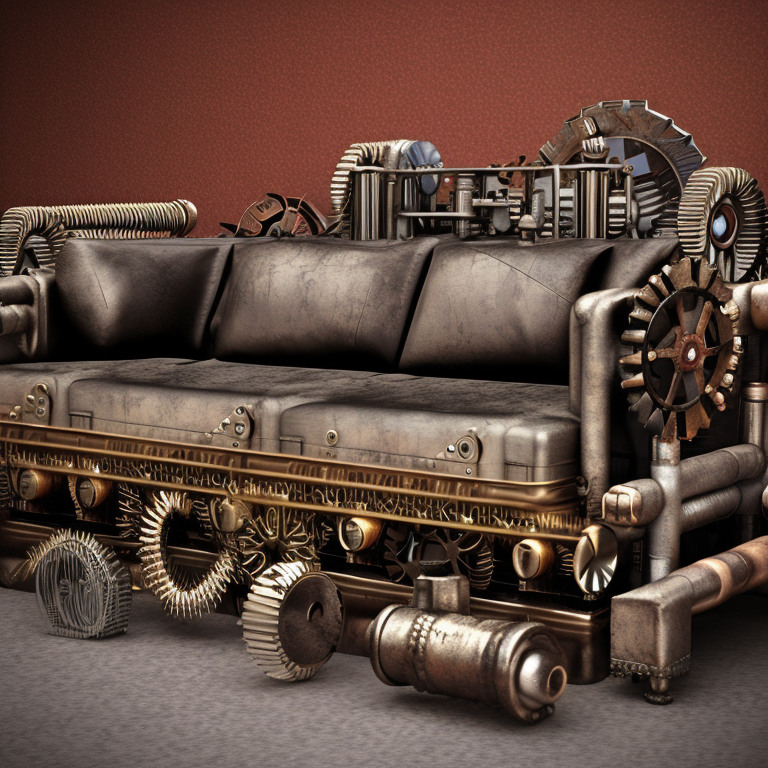Novelty fatigue: Difference between revisions
Amwelladmin (talk | contribs) No edit summary Tags: Mobile edit Mobile web edit |
Amwelladmin (talk | contribs) No edit summary Tags: Mobile edit Mobile web edit |
||
| Line 1: | Line 1: | ||
{{a|tech|}}{{d|{{PAGENAME}}|/ˈnɒvəlti fəˈtiːg/|(n|}} | {{a|tech|{{image|Tech furniture|png|}}}}{{d|{{PAGENAME}}|/ˈnɒvəlti fəˈtiːg/|(n|}} | ||
From the “[[This time it’s different|this time is not different]]” file. | From the “[[This time it’s different|this time is not different]]” file. | ||
Latest revision as of 22:12, 8 December 2022
|
JC pontificates about technology
An occasional series.
|
Novelty fatigue
/ˈnɒvəlti fəˈtiːg/ ((n.)
From the “this time is not different” file.
After the shock of the New comes the fatigue of the new: the tipping point with any new technology, fashion, fad or bright idea — say GPT-3, Lockdown WFH, Crypto, AI art, HDR photography, 3D cinema, Outsourcing, Total Quality Management, Human Resources — when people go, “okay I see what’s going on here: this seemed fun but is really kind of tiring and the output is essentially rubbish. Can we all get back to work now?”
Technology goes one of two ways: it either quickly works, solves a perennial problem, is widely adopted, and migrates in the collected mind from “revolutionary weapon” to part of the furniture — here think email, smartphone, internet, online shopping. This Stewart Brand calls the “invisible present”.
Or, it turns out to be a a flash in the pan, as fun as eating toothpaste off a spoon, and is abandoned as rapidly as it was adopted. If you have a 60inch curved 3D TV that you paid five grand for that now takes up an inordinate amount of room in your living room, and can only be viewed from a 15 degree angle, you will know this feeling.
